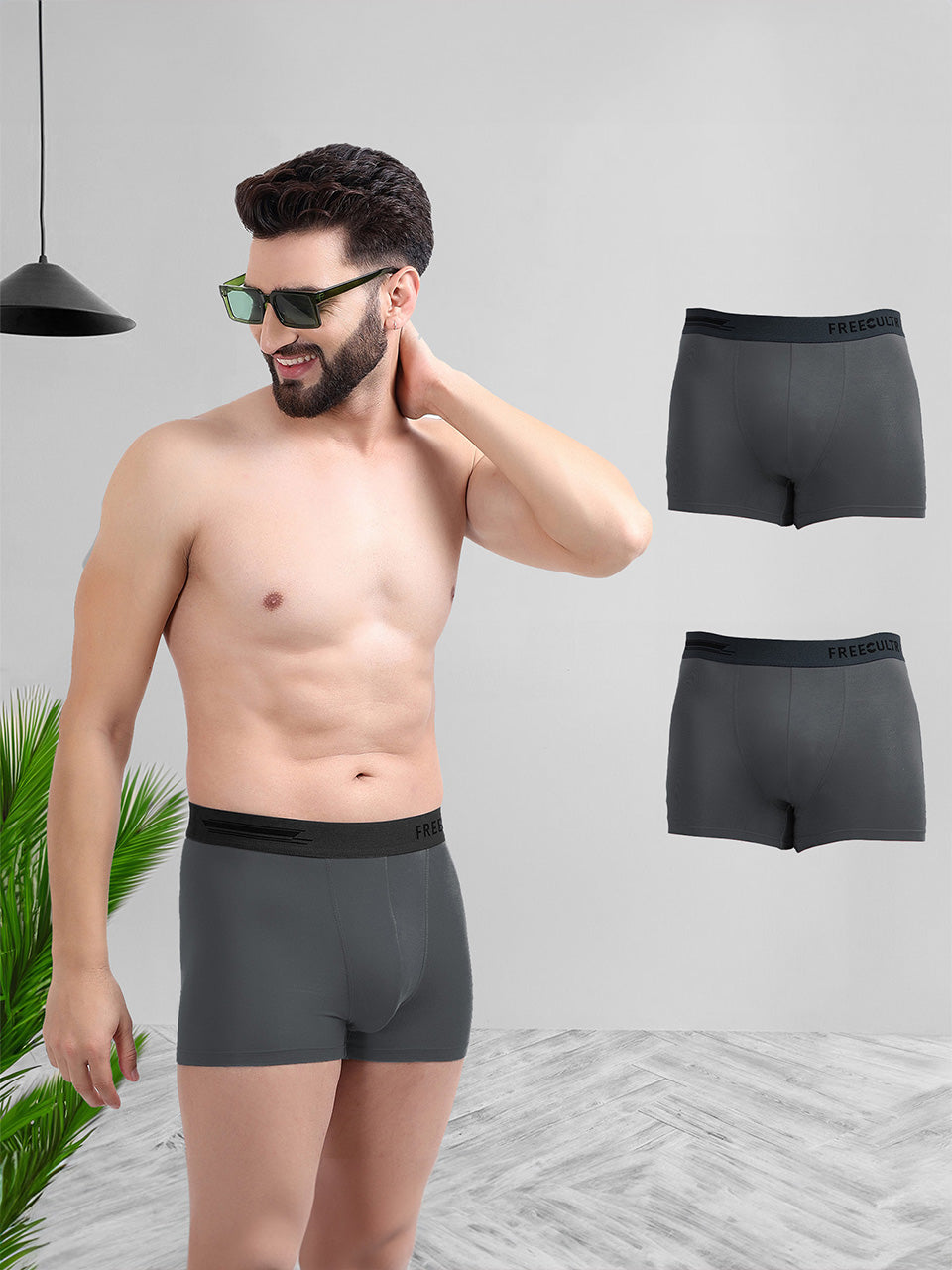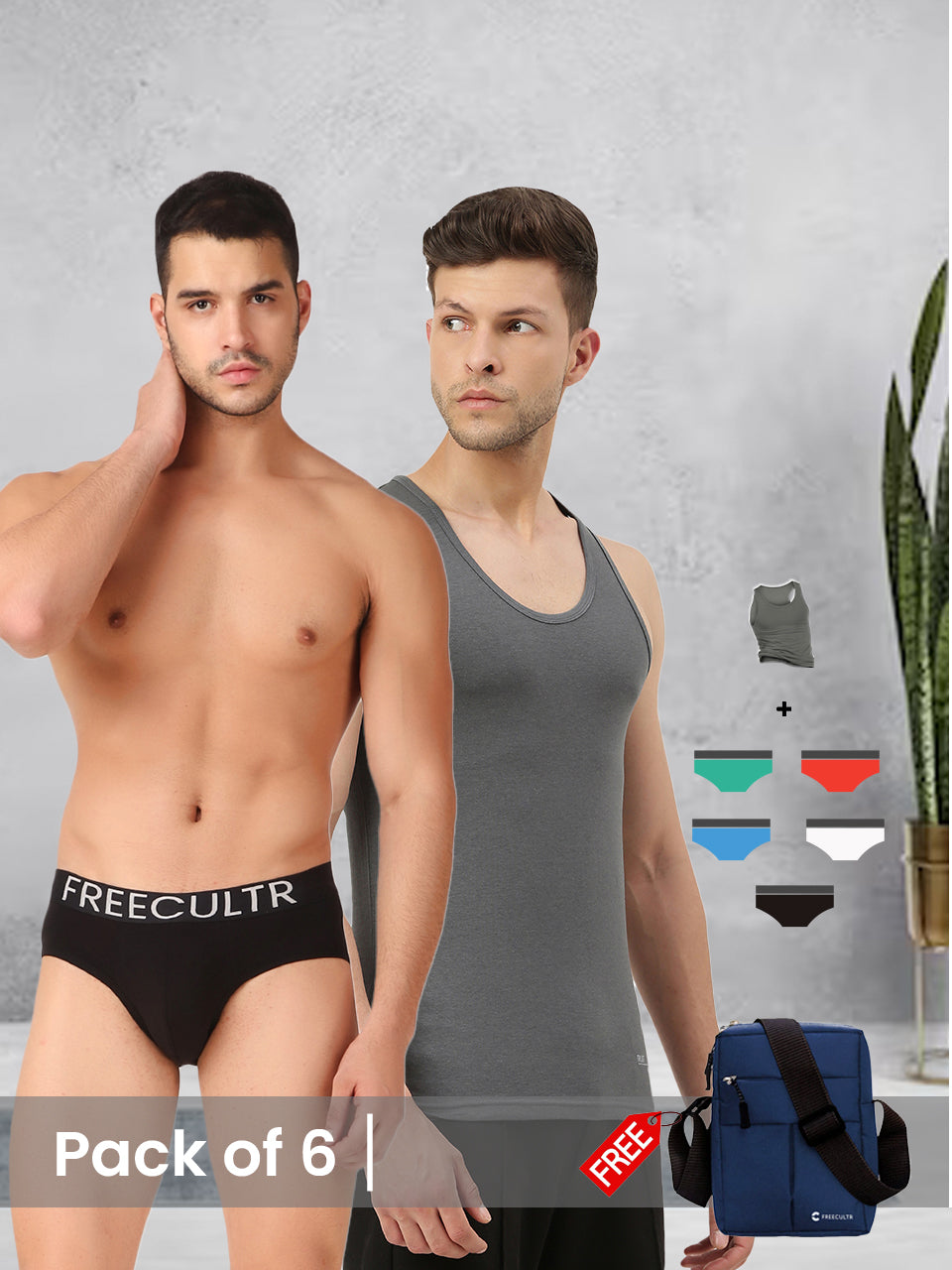The fashion industry is facing increasing pressure to reduce its environmental impact. Packaging is a significant contributor to plastic waste. Consumers are actively seeking brands that prioritize sustainability, creating both a challenge and an opportunity. Freecultr, an emerging player in the apparel market, is tackling this head-on by redefining its packaging strategy. Eschewing conventional plastics, Freecultr is pioneering the use of innovative, biodegradable alternatives and optimizing packaging design to minimize material consumption. We will explore the specific materials Freecultr employs, the strategic decisions behind their adoption. The impact this shift has on their brand perception and operational efficiency, offering a case study for other businesses seeking a plastic-free future.

The Problem with Plastic Packaging: A Fashion Industry Dilemma
Plastic packaging is ubiquitous. From the polybags encasing individual garments to the tape sealing cardboard boxes, it's everywhere. But the convenience comes at a significant environmental cost. Plastic takes hundreds of years to decompose, contributing to overflowing landfills and polluting our oceans. Microplastics, tiny particles that break down from larger plastic items, are now found in our food, water. Even the air we breathe. The fashion industry, unfortunately, is a major contributor to this plastic waste problem. The constant cycle of new collections and online orders necessitates vast amounts of packaging to protect garments during shipping. This dependence on plastic is unsustainable and demands a radical shift in thinking.Understanding the Alternatives: What Does "Plastic-Free" Really Mean?
The term "plastic-free" can be confusing because there’s no single, universally accepted definition. Generally, it means avoiding all synthetic plastics derived from fossil fuels. But, some brands interpret it more loosely, focusing on reducing plastic consumption or using recycled plastics. True plastic-free packaging utilizes materials derived from renewable resources that are biodegradable or compostable. Here's a breakdown of common alternatives:- Paper and Cardboard: Recyclable and biodegradable, paper is a strong contender. But, it can be resource-intensive to produce if not sourced responsibly from sustainably managed forests.
- Compostable Plastics (Bioplastics): Made from plant-based materials like cornstarch or sugarcane, these break down under specific composting conditions. It’s crucial to check for certifications like OK Compost HOME or OK Compost INDUSTRIAL to ensure proper disposal.
- Mushroom Packaging: A truly innovative option, mushroom packaging uses mycelium (the root structure of mushrooms) to bind agricultural waste into a solid form. It's completely biodegradable and compostable.
- Seaweed Packaging: Seaweed is a rapidly renewable resource with excellent barrier properties, making it suitable for various applications.
- Plantable Packaging: Embedded with seeds, this packaging can be planted after use, turning waste into wildflowers or herbs.
Freecultr's Commitment: A Step Towards Sustainable Fashion
At Freecultr, we believe that fashion and comfort shouldn't come at the expense of the planet. That's why we're actively working to minimize our environmental impact, starting with our packaging. We grasp that eliminating plastic entirely is a complex challenge. We're committed to making meaningful progress. Our approach involves a multi-pronged strategy: reducing the amount of packaging used, switching to plastic-free alternatives. Educating our customers about responsible disposal.The Freecultr Packaging Evolution: From Polybags to Planet-Friendly Solutions
Initially, like many clothing brands, Freecultr relied on traditional polybags to protect garments during shipping. Recognizing the environmental impact, we embarked on a journey to find better solutions. Our evolution has included:- Reducing Polybag Thickness: We started by minimizing the amount of plastic used in our polybags. This was a first step in lessening our overall plastic consumption.
- Introducing Recycled Plastic Polybags: Transitioning to polybags made from recycled materials helped reduce our reliance on virgin plastics.
- Exploring Compostable Alternatives: We're actively testing and implementing compostable packaging options for select product lines. This includes using bio-based films and compostable mailer bags.
- Optimizing Packaging Size: By carefully considering the size and shape of our packaging, we've minimized excess material and reduced shipping volume.
Real-World Application: How Freecultr Uses Sustainable Packaging
Let's look at specific examples of how Freecultr is implementing sustainable packaging solutions:- T-Shirt Packaging: For our popular line of T-shirts, we're transitioning to compostable mailer bags made from cornstarch and other plant-based materials. These bags are certified compostable and break down in home composting systems.
- Denim Packaging: Denim requires robust packaging to protect it during shipping. We're exploring using recycled cardboard boxes with paper-based tape as an alternative to plastic-based packaging.
- Hangtags and Labels: Our hangtags and labels are printed on recycled paper using eco-friendly inks. We're also experimenting with seed paper hangtags that customers can plant after use.
Comparing Packaging Options: A Detailed Look
Choosing the right packaging involves carefully considering various factors. Here’s a comparison of common options:| Packaging Type | Material | Pros | Cons | Considerations |
|---|---|---|---|---|
| Traditional Plastic Polybags | Polyethylene | Low cost, durable, water-resistant | Not biodegradable, contributes to plastic pollution | Minimizing use, exploring recycled options |
| Recycled Plastic Polybags | Recycled Polyethylene | Reduces reliance on virgin plastic, can be recycled again | Still plastic, eventual degradation, recycling infrastructure needed | Sourcing from reliable recyclers, ensuring quality |
| Compostable Polybags | Plant-based materials (e. G. , cornstarch) | Biodegradable under composting conditions, renewable resource | Requires specific composting conditions, can be more expensive | Certification compliance (OK Compost HOME/INDUSTRIAL), consumer education |
| Recycled Cardboard Boxes | Recycled Paper Pulp | Recyclable, biodegradable, strong | Can be bulky, susceptible to moisture | Sourcing from sustainable forests, water resistant coating alternatives |
| Mushroom Packaging | Mycelium and Agricultural Waste | Completely biodegradable, renewable resource, excellent insulation | Can be more expensive, limited availability | Scalability, cost-effectiveness |
The Role of Technology: Innovations in Sustainable Packaging
Technological advancements are playing a crucial role in developing innovative sustainable packaging solutions. Here are a few key areas:- Bioplastic Development: Scientists are constantly working to improve the properties of bioplastics, making them more durable, water-resistant. Cost-effective.
- Composting Technology: Advanced composting facilities are being developed to efficiently break down compostable materials on a large scale.
- Recycling Technology: New technologies are emerging to improve the recycling process, allowing for the recovery of more valuable materials from plastic waste.
- Material Science: Researchers are exploring novel materials like seaweed and agricultural waste for packaging applications.
Customer Education: Empowering Consumers to Make Informed Choices
Ultimately, the success of plastic-free initiatives depends on consumer participation. At Freecultr, we believe in empowering our customers to make informed choices by providing clear and transparent details about our packaging. This includes:- Packaging Labels: Clearly labeling our packaging with details about the materials used and proper disposal methods.
- Website Resources: Providing detailed details about our sustainable packaging initiatives on our website.
- Social Media Campaigns: Engaging with our customers on social media to raise awareness about plastic pollution and promote sustainable practices.
- Educational Materials: Including informational leaflets with our orders to educate customers about composting and recycling.
Conclusion
Taking the leap to plastic-free packaging is more than a trend; it's a responsibility. Freecultr is leading the charge. We've seen how rethinking design, embracing innovative materials like mushroom packaging (drawing inspiration from companies like Ecovative Design). Fostering collaborations are key to success. The road ahead involves even more radical transparency. Consumers are increasingly demanding to know the full lifecycle impact of products, from sourcing to disposal, influencing decisions on comfort wear, as noted in articles about Freeculture's sustainable practices. Therefore, let’s aim for even bolder steps, such as advocating for industry-wide standards and investing in infrastructure for composting and recycling innovative packaging materials. Remember, every small choice counts. Your commitment to supporting brands like Freecultr helps drive real change, proving that style and sustainability can. Should, coexist. Let's make "Plastic-Free and Proud" a movement that reshapes the future of retail, one mindful purchase at a time.More Articles
Soft, Sustainable. Stylish: Freeculture’s Edge Over Traditional BrandsWhat Makes Freeculture More Than Just Another Clothing Brand
Comfort Meets Culture: How Freeculture Redefines Basics Better Than Competitors
Not Just Another T-Shirt Brand: Why Freeculture is the Future of Innerwear
FAQs
So, Freecultr's going plastic-free with their packaging? What's the big deal?
Exactly! And it's a pretty big deal, actually. Think about all the clothes we buy – that's a LOT of plastic packaging ending up in landfills. Freecultr's commitment to plastic-free packaging means they're actively reducing waste and choosing more sustainable materials to get your awesome new threads to you. It’s a conscious choice that reflects their values and, hopefully, inspires others!
Okay, 'plastic-free' sounds good. What exactly are they using instead of plastic?
Good question! They're opting for things like recycled paper, compostable materials. Other innovative, eco-friendly alternatives. It's all about finding materials that protect your clothes during shipping but don't stick around polluting the planet for hundreds of years. It might even be a nice unboxing experience!
Is this plastic-free packaging actually durable enough to protect my clothes? I don't want them arriving damaged!
That's a fair concern! Freecultr wouldn't switch to something that compromises quality. They've likely tested these alternative packaging options rigorously to ensure they can withstand the journey from their warehouse to your doorstep. It's about finding a balance between sustainability and functionality. They seem to have nailed it.
Does going plastic-free make their clothes more expensive?
While sustainable practices can sometimes involve a slight cost increase, Freecultr is committed to providing quality clothing at accessible prices. Any adjustments are likely minimal. Let's be honest, a slightly higher price tag for eco-friendly packaging is a small price to pay for a healthier planet. Plus, you're supporting a brand that cares!
Where can I learn more about Freecultr's overall sustainability efforts, beyond just the packaging?
Definitely check out their website! They usually have a dedicated section outlining their sustainability initiatives, from ethical sourcing to responsible manufacturing. It's worth digging around to see the full scope of their commitment to a better future.
What can I do with the packaging once my Freecultr order arrives?
Depending on the materials, you'll likely be able to recycle it or even compost it! Freecultr probably provides specific instructions on their website or even printed on the packaging itself. Look for recycling symbols or composting guidelines to dispose of it responsibly.
So, is Freecultr leading the charge here? Are other clothing brands doing this?
Freecultr is definitely part of a growing movement! More and more clothing brands are recognizing the importance of sustainable packaging. By choosing Freecultr, you're supporting a brand that's actively working towards a more eco-conscious future for the fashion industry.






